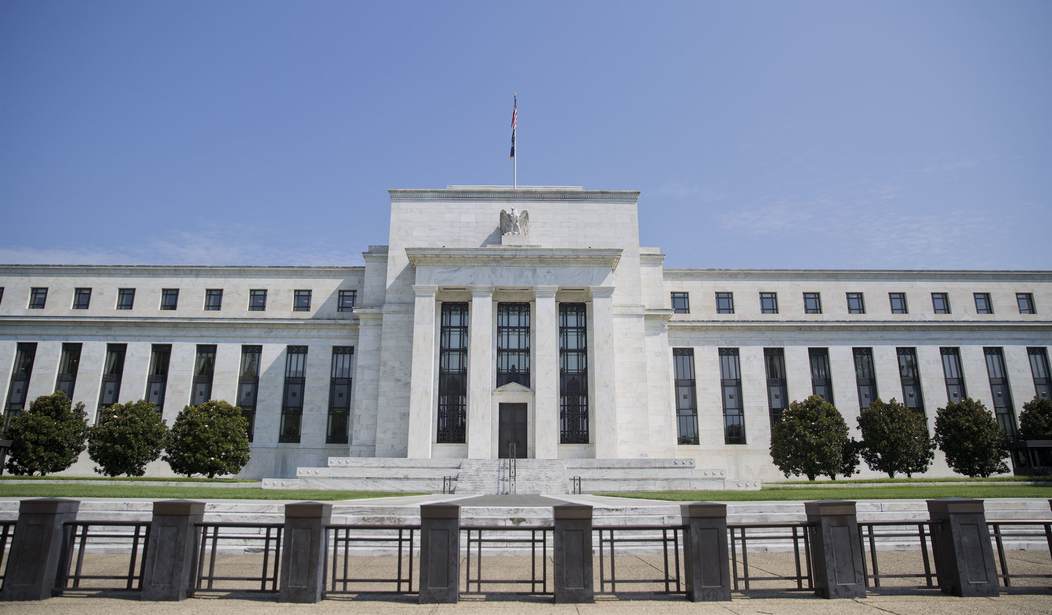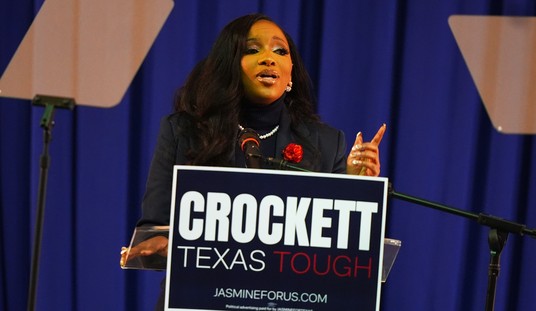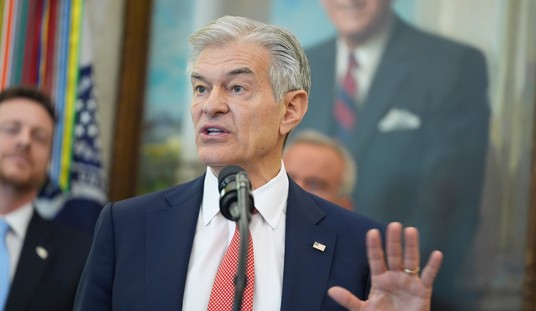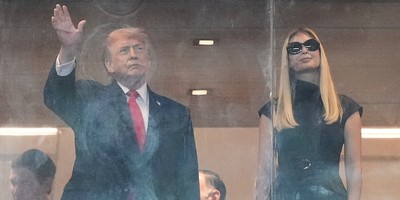WASHINGTON - The Federal Reserve decided not to raise interest rates this week in the midst of declining consumer confidence, and a sharply volatile stock market.
After nearly a year or so of watching stocks rise and fall on Wall Street with dizzying repetition, the central bank voted, without dissent, to hold its rate between 2.25 percent and 2.5 percent.
Moreover, the Fed signaled that any future rate moves would be decided with increased patience and caution to first see how economic conditions unfold.
“In light of global economic and financial developments and muted inflation pressures, the Committee will be patient as it determines what future adjustments to the target range for the federal funds rate may be appropriate to support these outcomes,” the Fed said in a statement.
That cautionary promise followed remarks during a question and answer press conference last October when Chairman Jerome Powell said it would be a long time before the Fed adopted a neutral rate of growth. That rattled the major financial markets, briefly sending them into a bear market selling binge.
Making matters worse, Powell angered investors in December by suggesting that the Fed’s plan to curb its bond holdings was on “autopilot.”
But the Fed’s far more cautious statement Wednesday to keep interest rates where they were reassured the stock markets Wednesday, sending the Dow up 435 points to over 25015.
The Nasdaq finished at up 154.79, while the S&P rose by 41.79.
Recommended
“Wednesday’s statement from the policymaking Federal Open market Committee struck a more tepid approach,” writes economic reporter Jeff Cox of CNBC, the business network.
“The committee lowered its assessment of economic growth from ‘strong’ to ‘solid’ and noted that it’s inflation gauges ‘have moved lower in recent months.”
“The statement also removed the ‘balance of risks’ portion in which the committee sought to quantify the chances of economic growth above or below forecasts,” he added.
Still, President Trump’s economy is not out of the woods yet.
“U.S consumer confidence fell to a one and a half year low in January as a partial government shutdown and financial markets turmoil left households nervous about the economy’s near-term outlook,” the Washington Post reported Wednesday.
“The drop in confidence reported by the Conference Board on Tuesday mirrors another survey earlier this month showing [confidence] sentiment tumbling to its lowest level since Trump was elected more than two years ago,” the Post added.
“The Conference Board’s consumer confidence index dropped 6.4 points to 120.2 this month, the lowest reading since July 2017.”
Another warning of slower economic growth ahead comes from the Congressional Budget Office which tells us that the longest government shutdown in U.S. history cost the economy $11 billion. But about $8 billion of that will be made up by additional economic transactions when back pay goes out to returning federal workers.
In a report earlier this week, CBO projected that the economy would be growing by only 1.7 percent in 2020, a sharp slowdown from previous years.
It further projects that the economy will grow by 2.3 percent this year, as a result of Trump’s tax cuts and new federal spending programs.
That gloomy forecast becomes even gloomier if Trump goes ahead with his planned March 2 tariff hike on $200 billion in Chinese goods.
If he does, expect slower economic growth and higher prices. Why? Because in the final analysis, consumers will pay for those tariffs that always lead to higher prices.
As for consumer confidence falling to a one and a half year low in January, expect that to go even lower. We’re in for a bumpy ride, folks.

























Join the conversation as a VIP Member